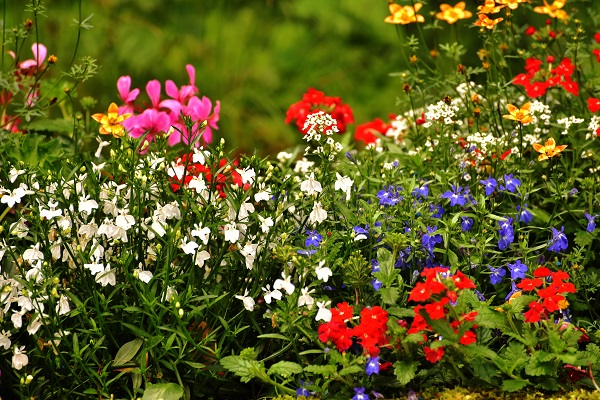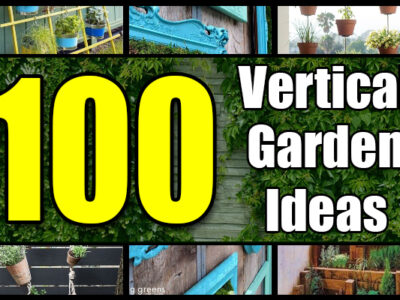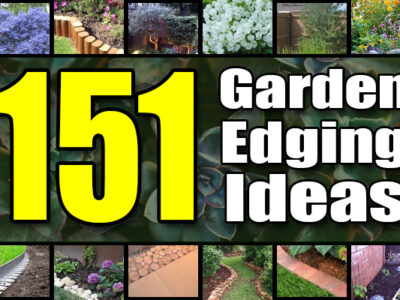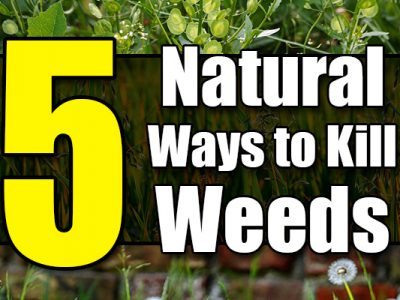 This garden plans for beginners article shows you key success factors for your garden, and how to lay out and build your backyard garden for maximum production and efficiency.
This garden plans for beginners article shows you key success factors for your garden, and how to lay out and build your backyard garden for maximum production and efficiency.
Success Factors
There are a few key success factors that apply to all our (and your) garden plans:
Success Factor 1: Organic all the way
There is really no other option than ‘organic’ to consider for your home garden, especially if your kids will be helping you. You do not need chemical pesticides, herbicides or fertilizers to have a beautiful and productive vegetable garden. Passive and preventative methods of controlling garden pests such as companion planting, row covers, and crop rotation are very effective in avoiding pest problems. Hand picking or benign sprays such as plain water or a soap and water solution can deal with the pests that do appear. You can add grass clippings, leaves and compost to your garden to maintain fertility. So go organic, the planet (and your kids) will thank you.
Success Factor 2: Make your bed
All of our garden plans use raised beds for maximum productivity and efficiency. Raised beds provide good soil drainage, they provide the extra depth of soil that helps grow strong plants, and raised beds avoid soil compaction; once you make your raised bed you don’t walk on it again. Raised beds also warm up sooner in the spring. Finally, if you are going to add compost or aged manure to your garden, you can put it just in the growing beds and not in walkways.
Success Factor 3: Get your orientation
The best layout for your home garden is to orient the ‘long side’ running east and west; that is, your garden should face south (or as close to it as you can get). This will let you place your plants strategically; you can put taller or trellised crops like cucumbers, peas, pole beans and tomatoes on the north side of your garden, where they won’t shade shorter crops that need a lot of sun. Later in the season, you can use the space in the bed behind the tall crops to provide some shade to crops that don’t like too much hot sun e.g. lettuces, broccoli, cabbage.
Now dig this!
Now that you have your garden oriented properly, its time to get digging to make those beds. This does not have to be hard work. We suggest you keep your first garden small, perhaps 6′ x 8′, or about 50 square feet. You can get a lot of food from garden plans this size.
Here’s how to build your 6′ x 8′ super productive garden; this whole process should take perhaps 1-2 hours:
- Pick your spot, and use stakes and string to mark out an area about 8′ x 10′, with the long side running east-west. Note this is bigger than your ‘finished size’ of 6′ x 8′ because you will move soil from around the perimeter to form raised beds.
- Use a sod lifter or spade to remove the sod from this area. put the sod in your compost pile
- Dig or rototill the whole area to one spade-depth, or about 9-10 inches deep.
- Shovel a path about one spade-width (12 inches or so) running east and west across the middle of the bed; put the soil on the north side of the bed
- Rake and shovel loose soil from about one foot around your garden perimeter; put the soil into the 6′ x 8′ finished garden area, in both the south and north beds.
- Rake the two beds smooth, removing any stone or debris, and pulling any weeds
Timing is everything
Begin digging your garden any time after the soil is dry enough to work i.e. moist is OK, but not soggy. In my area we can usually start 3-4 weeks before our last frost date.
And here’s a special tip to make your later garden work easier: Once you have made your garden beds, let them ‘rest’ for 10 days or so before you plant. Weed seeds will sprout and can be easily removed, making later weeding much easier.
That’s a wrap for this garden plans for beginners article. Get out there and get growing!






